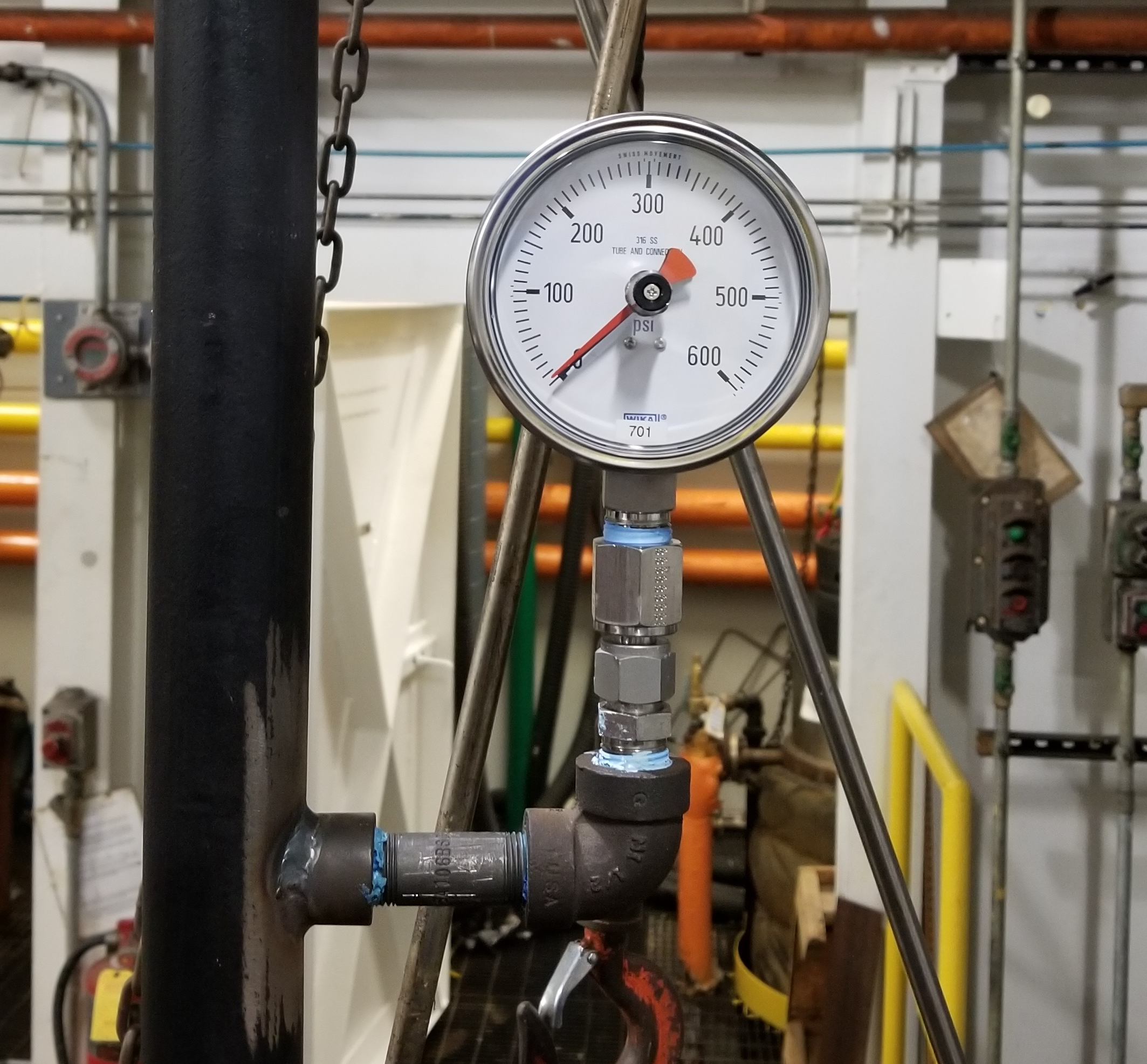First I want to thank my Pittsburg friends for another great visit and for being my “think-tank” of world-class engineers and chemists. I always leave smarter and happier after my time with these folks. And with all my visits I always come away with great real-world examples of how process safety is supposed to be done! For years I have been harping on using a “tell-tale gauge” in dual relief systems (e.g. a rupture disc between the pressure vessel and the relief valve). When I teach my pressure vessel and relief RAGAGEP courses I always refer to my favorite redneck movie “Days of Thunder”. There was this scene that reminded me of my tell-tale gauges…
Cole (Tom Cruise) returns to racing after a bad wreck and in his first race back the engine in his race car blows up. He pulls into the pits and his pit chief “Harry” (Robert Duvall) asks him what happened and Cole mumbles something about not being a mechanic and for him to figure it out as he walks away. Harry leans into the car and hits a button on the Tach and it shows just how high the RPMs got… It turns out Cole blew up his engine because he was scared to be racing again. Corny as heck, but that little orange needle on the tach gauge was a “suitable telltale indicator” even though the engine was not running at the time.
All throughout my career, I had processes that were corrosive and we always had a Rupture Disc (RD) below the Relief Valve (RV) in order to protect the very expensive RV from being exposed to the corrosive atmosphere in the vessel. As I have written about many times, ASME Section VIII has some specific design requirements for these dual systems, one such requirement is that the space between the RD and RV be monitored to ensure the RD has not leaked and allowed pressure to enter the area and causing the RD to not burst at its set point. This telltale indicator must be manually checked at some frequency, but certainly as part of the start-up procedure and once per day/week/month (just depends on how disciplined the culture is at the facility).
But very early in my career, we had an incident where we were checking the “pressure gauges” once per day and all was well; until we had the incident. It turns out that we had the worst luck… the gauges were always checked when the “operators had the time” which essentially means the rounds were made between batch charges which meant the process was open to atmosphere and of course these gauges always read zero. One of the finest chemical engineers (an engineer’s engineer) fixed this problem with a very special gauge! And for nearly 30 years I have told everyone who had dual relief systems and would listen about these special gauges.
And my friends in Pittsburgh use these special gauges in their design:

